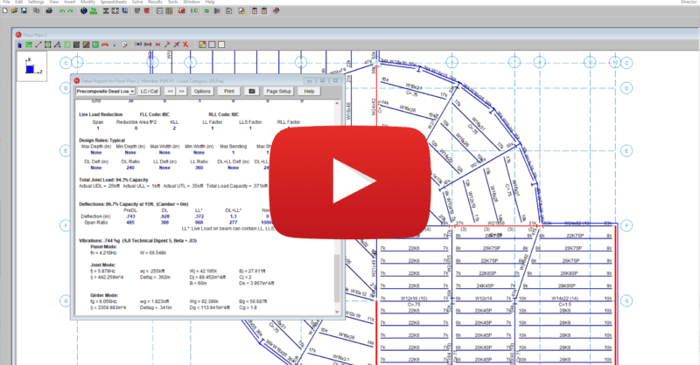
August 30, 2019
Vibration Analysis for Steel Joists
RISAFloor v14 includes Steel Joist Vibration Analysis per SJI Technical Digest #5. For more information, check out the video below.
Year-End Is One of the Few Times Engineers Can Actually Rethink Tools Most engineers don’t change core analysis software in the middle of a deadline-driven project. End of year is different. Budgets are closing out, project schedules tend to soften slightly, and teams finally have a moment to evaluate what worked — and what slowed them down. That combination creates a rare window to reassess tools without the pressure of an active permit submission. For many firms, it’s also when leadership asks bigger operational questions: Are we spending too much time reworking models? Are our engineers relying too heavily on spreadsheets? Are we confident scaling into slightly larger or more complex jobs next year? Budget Resets and Training Calendars Create Natural Momentum Year-end decisions often align with practical realities. Software budgets reset in January, making it easier to justify a purchase that didn’t fit earlier in the year. Training calendars are also easier to plan before the new project backlog fills up. Engineers can start the year productive instead of learning a new workflow mid-project. This timing matters. Firms that switch tools before the new year often avoid the “we’ll deal with it later” trap — and later rarely comes…
Read More

RISAFloor v14 includes Steel Joist Vibration Analysis per SJI Technical Digest #5. For more information, check out the video below.
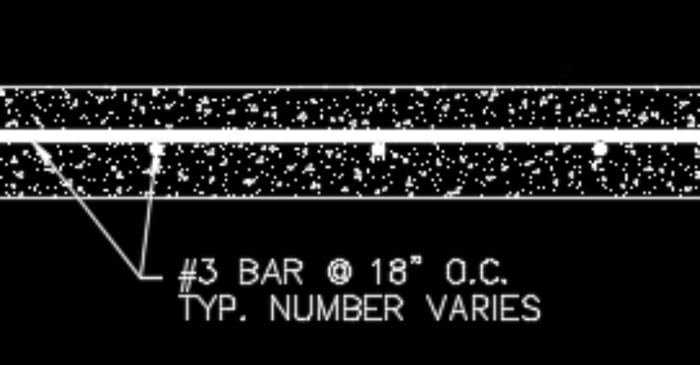
RISAFoundation has the ability to create a single layer of reinforcement anywhere in a slab. This improvement allows for a more straightforward design of thin, lightly loaded slab-on-grade where two layers of reinforcement (top/bottom) would be unnecessary. In order to add a single layer of...
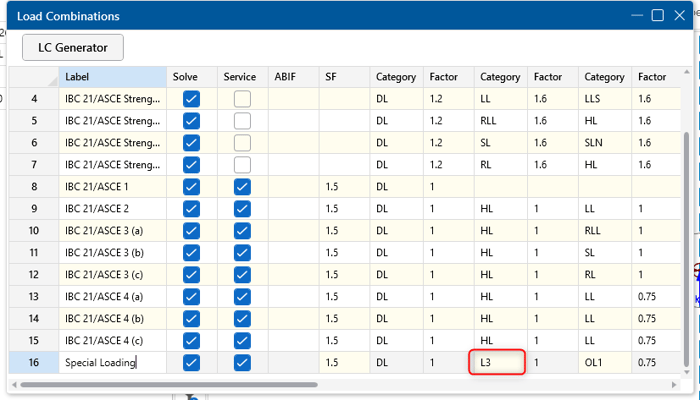
RISAFoundation includes the ability to utilize “nested” load combinations. Currently, the Load Combinations spreadsheet in RISAFoundation is limited to ten columns of Basic Load Cases (BLCs) and Factor combinations. However, there are times where you may need to include additional entries to your...
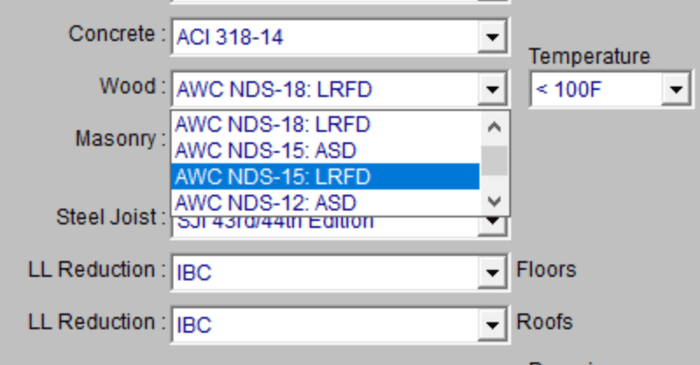
Strength Design (LRFD) according to the AWC-NDS 2015/2018 code has been implemented into RISAFloor v14.0. To select this code for your design, simply choose this code from the Codes tab within Global Model Settings.
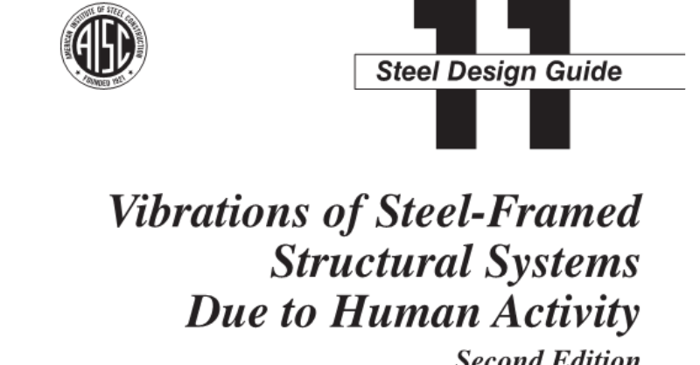
RISAFloor v14 now includes floor vibration calculations per the 2nd Edition of AISC Design Guide #11. To select this code for your design, simply choose AISC DG 11 2nd Edition in the Beam Vibrations drop-down from the Codes tab within Global Model Settings.
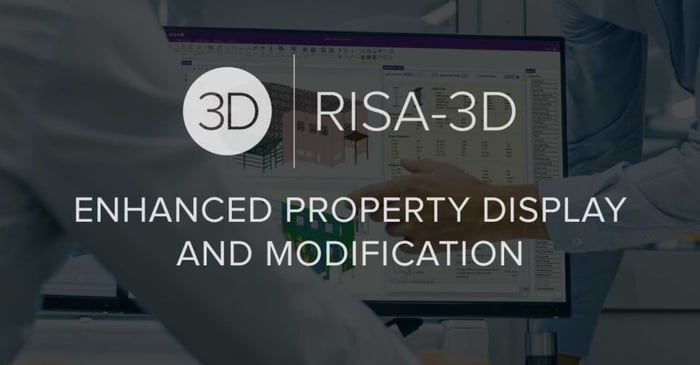
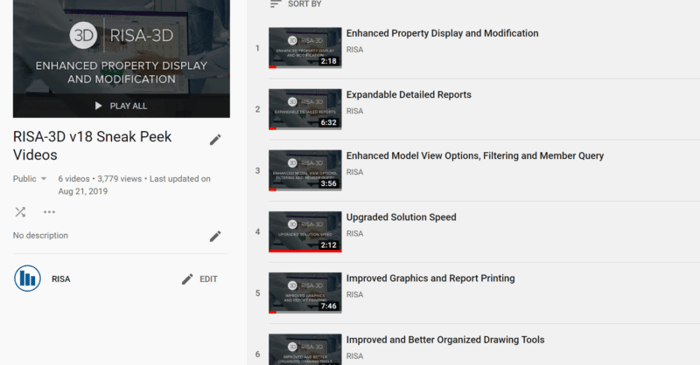
The new release of RISA-3D is right around the corner! Check out our teaser videos to enjoy a sneak peek at some of the most exciting new features!

Last week, RISA employees spend two days volunteering at the Second Harvest Food Bank of Orange County, CA. Both days were spent at the Food Distribution Center, where staff and volunteers worked together to sort, package and distribute enough food to feed 250,000 men, women and children each...
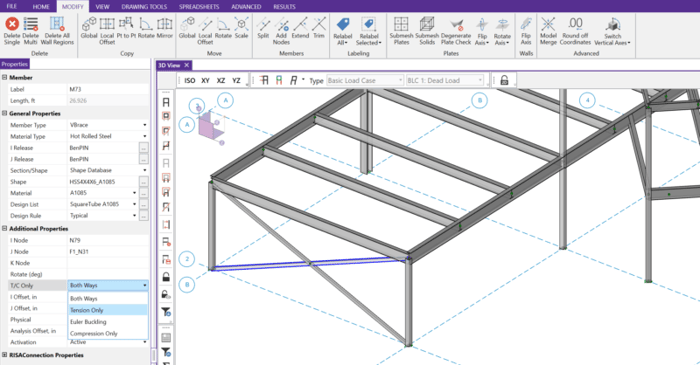
Tension or Compression (T/C) Only members are commonly used in steel buildings when modeling braced frames that resist lateral load.
Our monthly "Structural Moment" newsletter is the best way to keep up with RISA’s product updates, new releases, new features, training events, webinars and more...